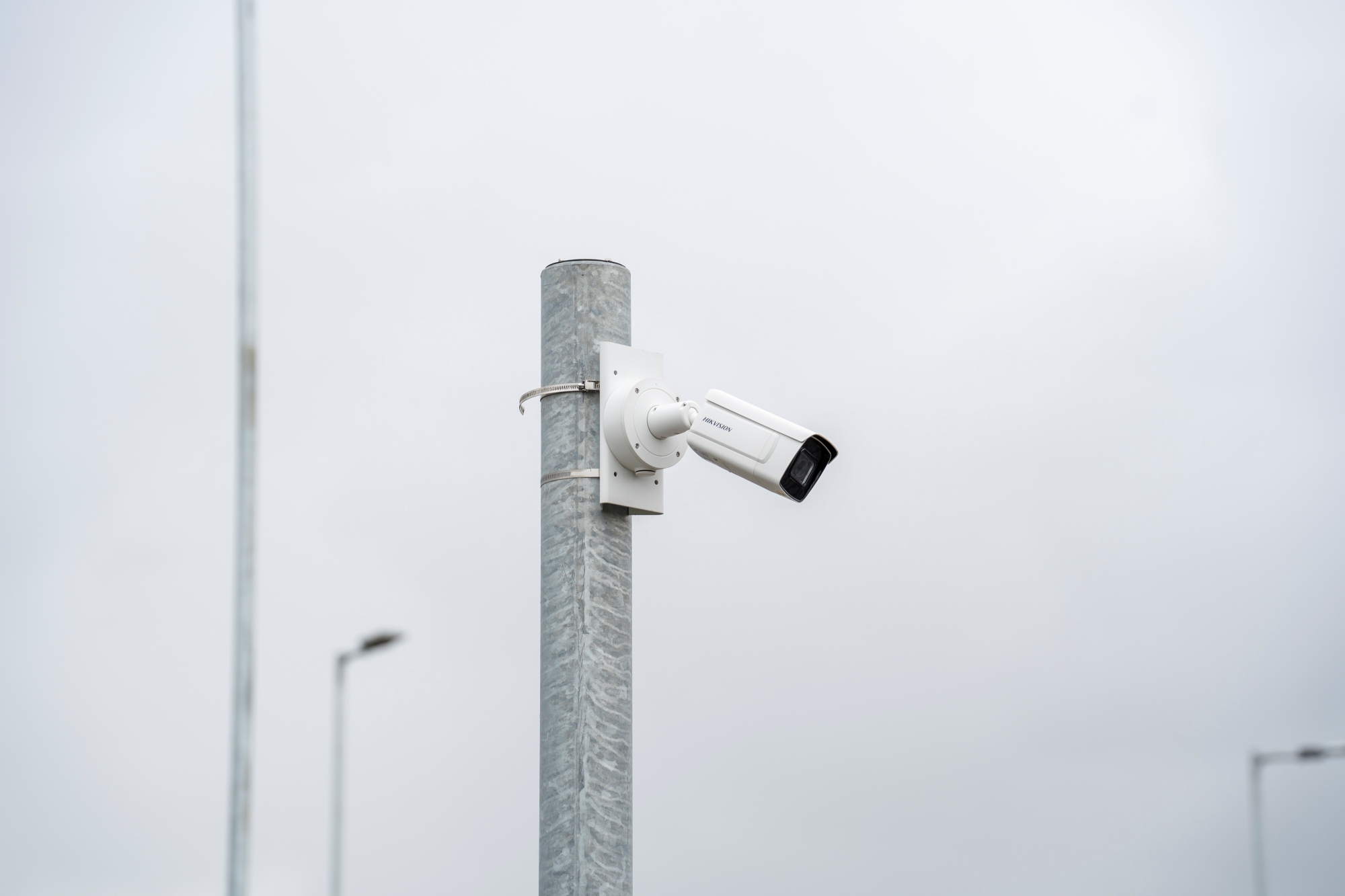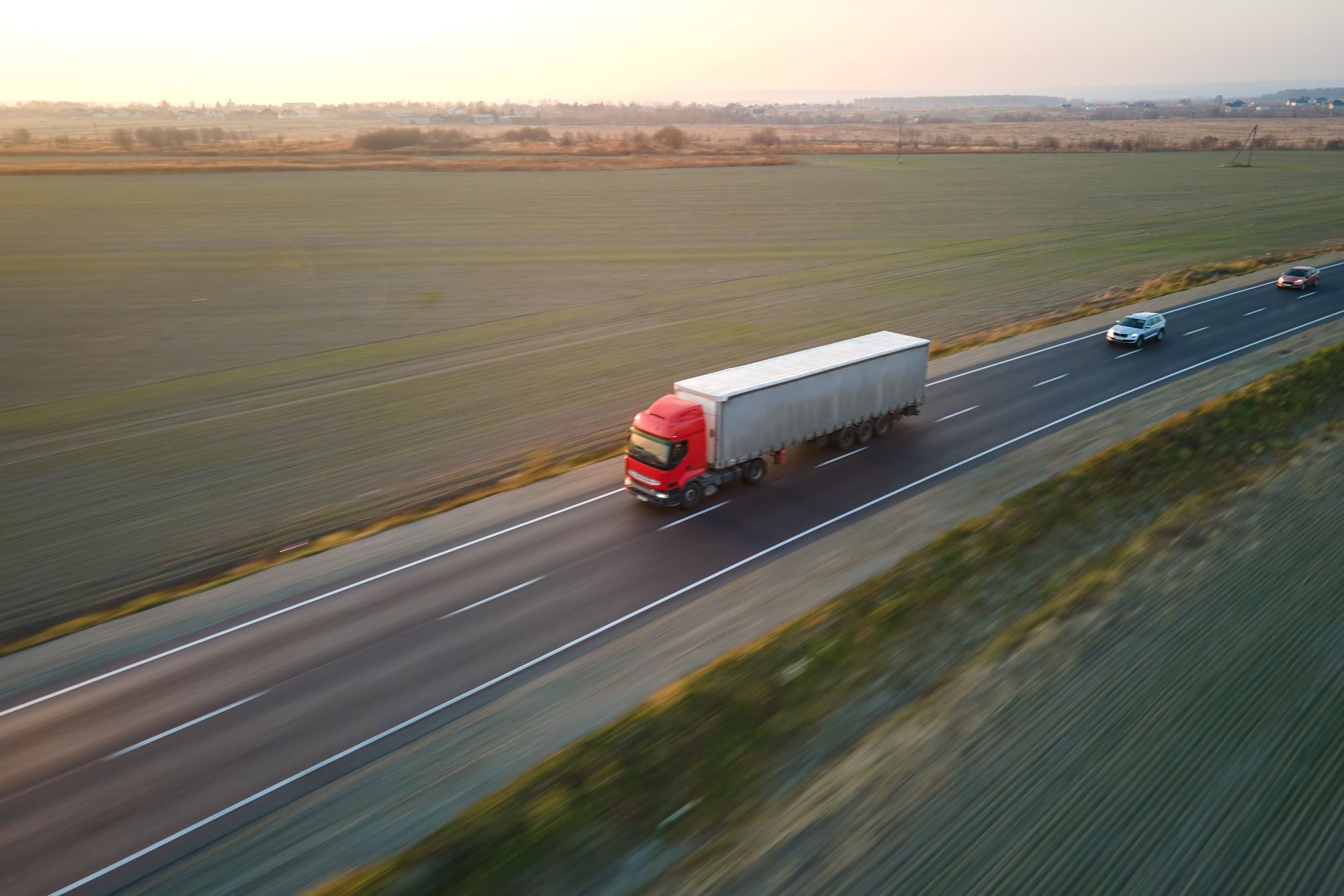
Miranda Blake
Chaufførerne er utilfredse med rastepladserne: Hvad er problemet?
Oprettet: 11.11.2024
•
Opdateret: 21.12.2025
En [nylig undersøgelse] (https://d3cez36w5wymxj.cloudfront.net/wp-content/uploads/2024/11/04184443/Lorry-Driver-Facilities-Survey.pdf) fra den uafhængige vagthund, Transport Focus, viste, at næsten halvdelen af lastbilchaufførerne ikke er tilfredse med antallet og kvaliteten af rastepladser i England. De føler også, at sidstnævnte er blevet forringet i løbet af det sidste år.
Her hos SNAP har vi et netværk af [truck parks] (https://snapacc.com/truck-parks/), der tilbyder en overlegen service (faktisk lancerer vi snart vores egne priser, der hylder de bedste truck stops!) Så hvis der er masser af gode rastepladser derude, rejser det spørgsmålet: Hvorfor er chaufførerne så utilfredse?
Et dybere dyk ned i problemet
Lad os først se på, hvad de ikke er tilfredse med. Chaufførerne siger, at de ikke føler sig velkomne og trygge ved hvert stop. Derudover kan de ikke hvile sig ordentligt eller nyde et godt måltid. Noget af feedbacken gik på, at der ikke altid er [sund mad] (https://snapacc.com/newsroom/how-to-be-a-healthy-truck-driver/) til rådighed eller rene brusere og toiletter. En kvindelig chauffør kommenterede også, at der ikke er et brusebad på dametoilettet - hvilket betyder, at hun var nødt til at gå ind på herretoilettet for at vaske sig.
Det er dog vigtigt at påpege, at statistikkerne er fra dem, der valgte at holde deres pauser på disse rastepladser, så der er sandsynligvis en vis grad af opfyldelse. Desuden spurgte undersøgelsen kun chaufførerne om deres oplevelse på en tredjedel af det samlede antal rastepladser, motorvejsrastepladser og rastepladser på A-veje i England. Desuden var der mange rastepladser, der opnåede en tilfredsstillende score på mindst 95 %, og den samlede tilfredshed lå på 86 %.
Så måske er problemet ikke så stort, som det ser ud til. Men branchen kan bestemt ikke ignorere det - især i betragtning af, hvad vores resultater afslørede.
Hvad SNAPs forskning opdagede
Vi fandt ud af, at 70 % af chaufførerne valgte rastepladser frem for servicestationer eller truckstops, og en af hovedårsagerne var utilstrækkelig sikkerhed. De har f.eks. tidligere oplevet, at deres gardiner er blevet klippet op. Det er dog værd at bemærke, at politiet i Cambridgeshire i 2023 rapporterede, at [46 % af tyverierne af varer skete på gader eller rastepladser] (https://www.rsainsurance.co.uk/news/insurance/tackling-cargo-crime-in-2024/#:~:text=The%20majority%20only%20offer%20a,these%20happened%20in%20lay%2Dbys.), sammenlignet med 27 % på servicestationer - hvilket tyder på, at chaufførerne måske bekymrer sig det forkerte sted.
På vores sociale medier afslørede over halvdelen af lastbilchaufførerne, at de mente, at rastepladserne i Storbritannien ikke var sikre og trygge sammenlignet med dem i Europa. Og på de pladser, der har et højere beskyttelsesniveau, har 70 % oplevet, at de er fyldte tidligt på aftenen.
Selv om det betyder, at der ikke er nok til at imødekomme efterspørgslen, har mange af vores sites en fantastisk sikkerhed. Så dem, der ikke har det, bør overveje, hvordan de kan forbedre den.

Giver lastbilparker det højeste sikkerhedsniveau
Vi leverer en række tjenester, der forbedrer oplevelsen hele vejen rundt - herunder vores brancheførende sikkerhedspakker via SNAP Access & Security. Fra ANPR-kameraer og barrierer til CCTV sikrer vi den bedste beskyttelse af rastepladser og dermed chauffører og alle flåders gods.
Du kan få mere at vide om SNAP Access & Security eller se vores andre tjenester (som parkering og vask) her.



